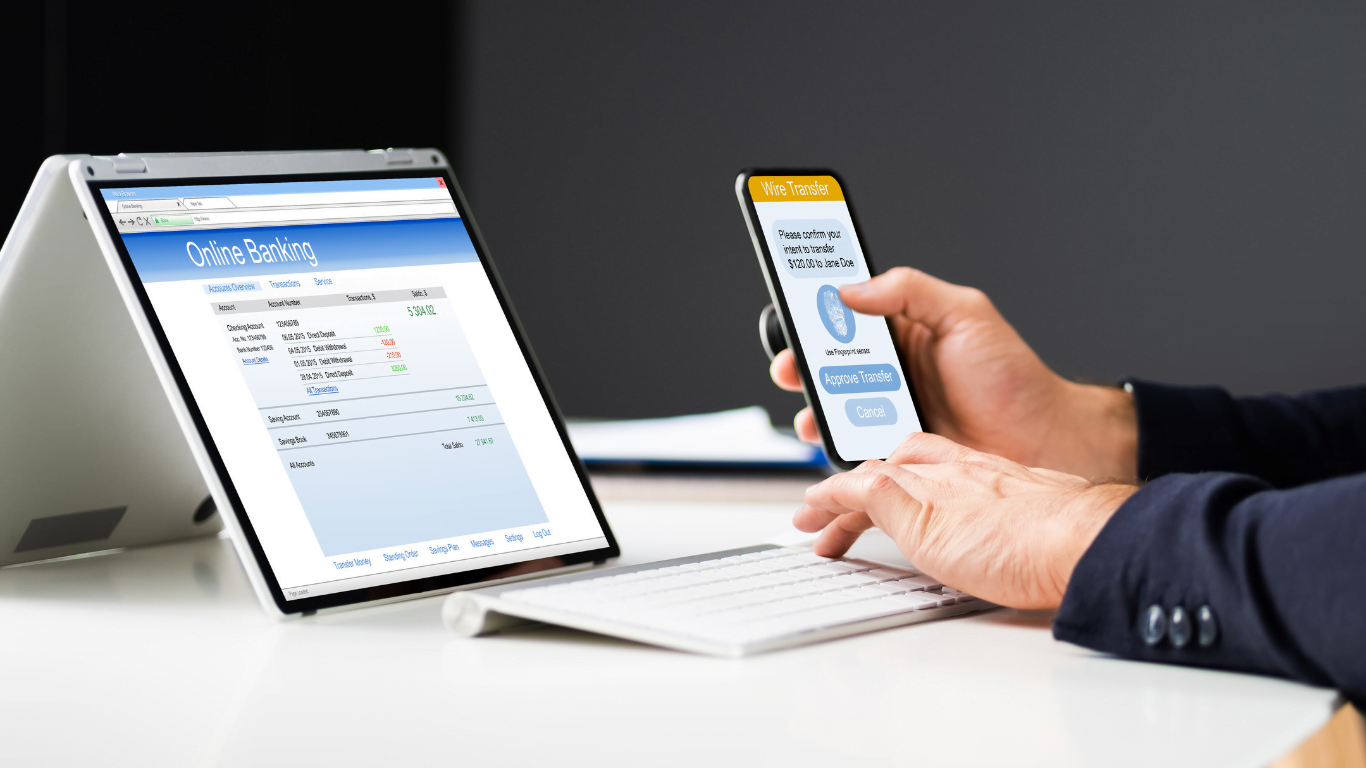What Are The Different Types Of MFA?
Multi-factor identification provides a number of benefits for small companies to large corporations. With businesses having a large number of online applications with shared documents, audio, files, video, and more it’s no wonder the need for an extra layer of security is required.
So just what is MFA or multi-factor authentication? MFA is a security technology that requires multiple methods and steps to verify a user’s identity. This can fall under who the user is (biometric verification), what a user has (security token) or what the user knows such as a password or pin. Below I will explain the difference between the three authentication methods.
First, let’s talk about biological verifications. This refers to any biological traits a user may have in order to verify their identity using specific technologies.
Facial Recognition
A facial recognition system is a technology capable of matching a human face from a digital image.
Hand Geometry
Is a biometric that identifies users from the shape of their hands.
Earlobe Geometry
Using image ray transform technology ears can now be used as a unique identifier.
Fingerprint Scan
A fingerprint scanner captures the unique ridges and valleys of your print and matches it to the ones on file.
Voice Recognition
Is a biometric method of speaker recognition to identify users unique voice distinction.
Retina or Iris Scan
A scanner either scans the retina or iris for the unique identifiers such as blood vessels or the iris pattern.
Next on the list is are tokens. Tokens fall under two specific categories for verification:
Security Tokens
Security tokens are generally small hardware devices that store users information electronically. The device can range from a USB’s to smart cards or a wireless tag.
Software Based Token
Software based tokens generate a single use pin that are used to provide authentication.
Last on the list is knowledge-based authentication. This type of authentication requires the user to provide a security question such as a PIN or password in order to gain access to the device. Some more examples of knowledge based authentication include:
Personal Information
Such as a birthday, name of an old school, favorite teacher to answer a specific question.
PIN
Using a specific pin along with a card to gain access to areas/ones money or information.
In Conclusion
Overall there are many different forms of MFA or multi-factor authentication. Each has a very specific use and when combined can improve security for a company or individual person. At Maverick Gardner we use DUO as a software-based token to improve your business’s security. Check our plans or contact us today about improving your security!

